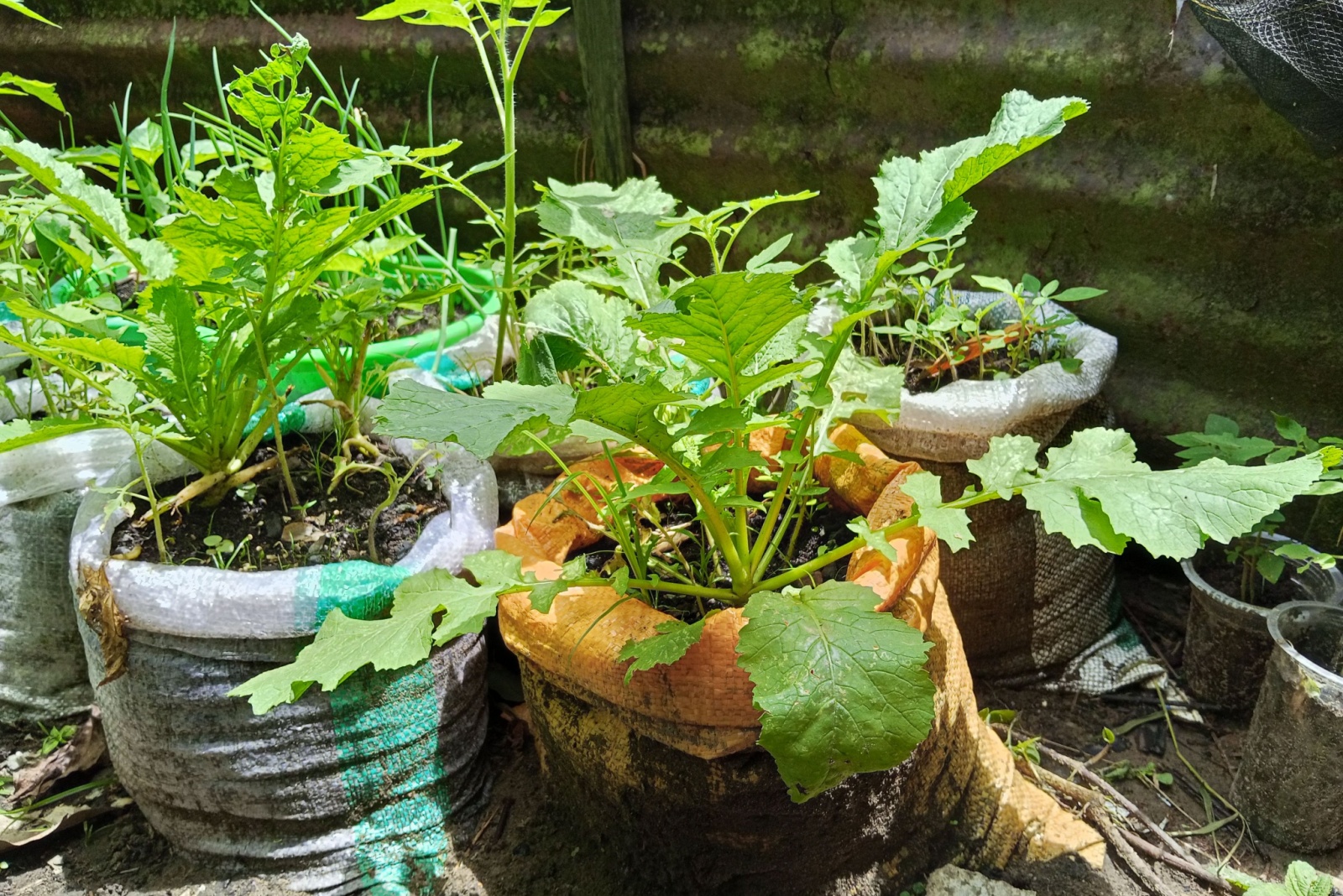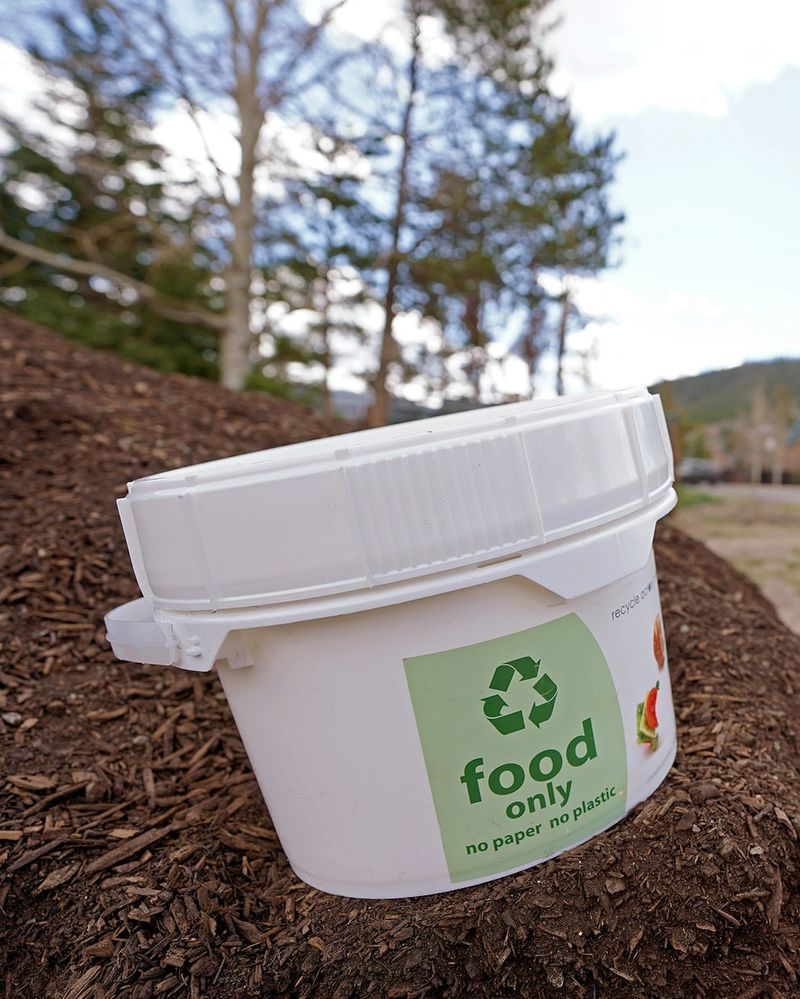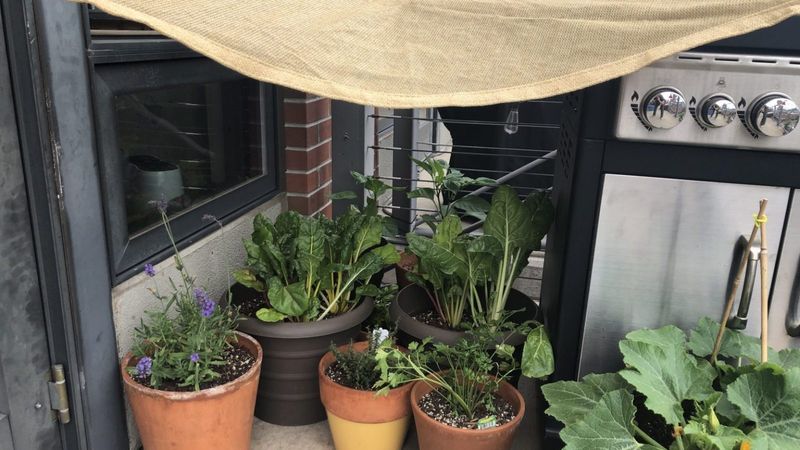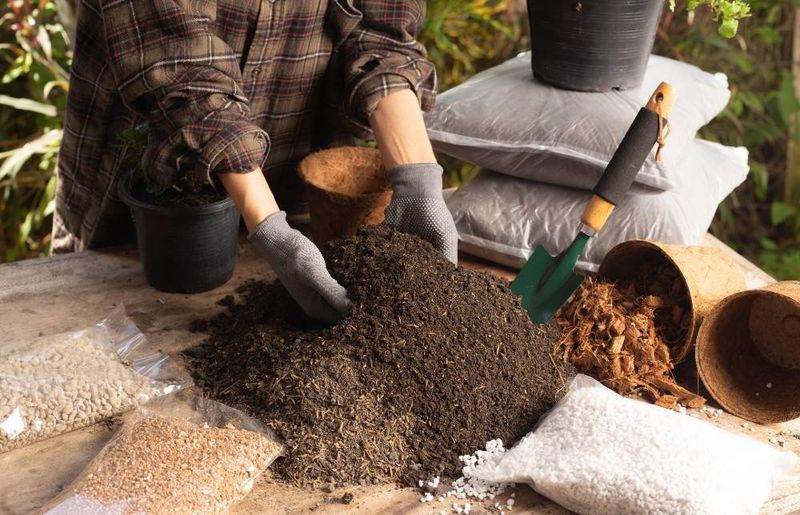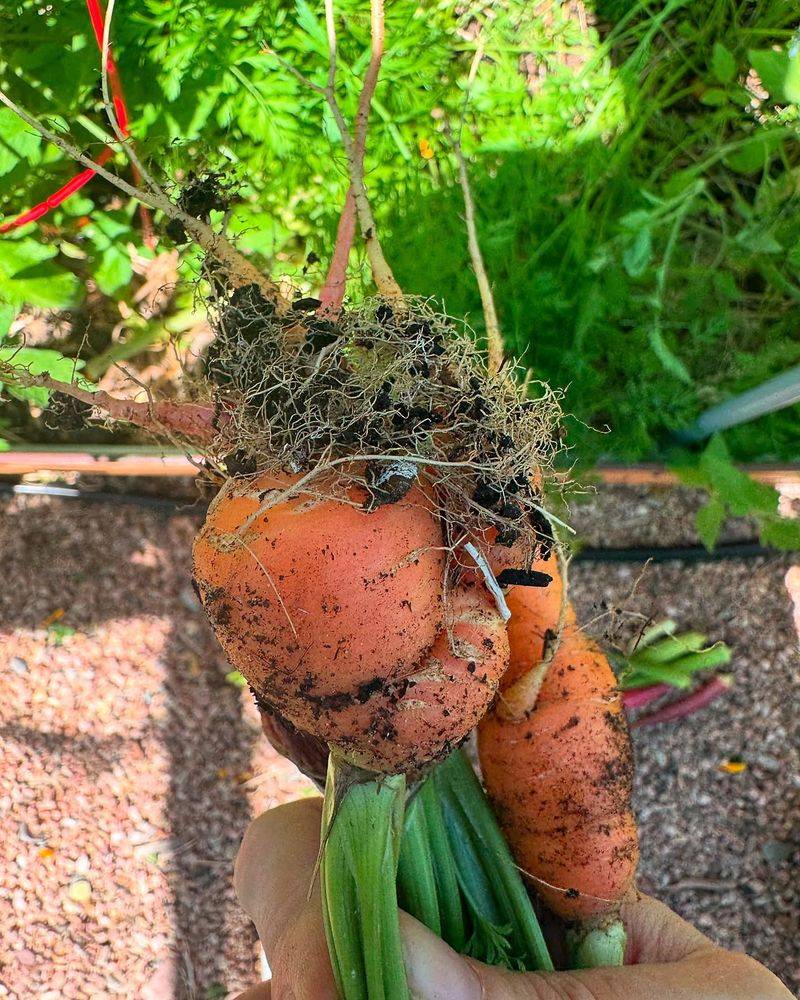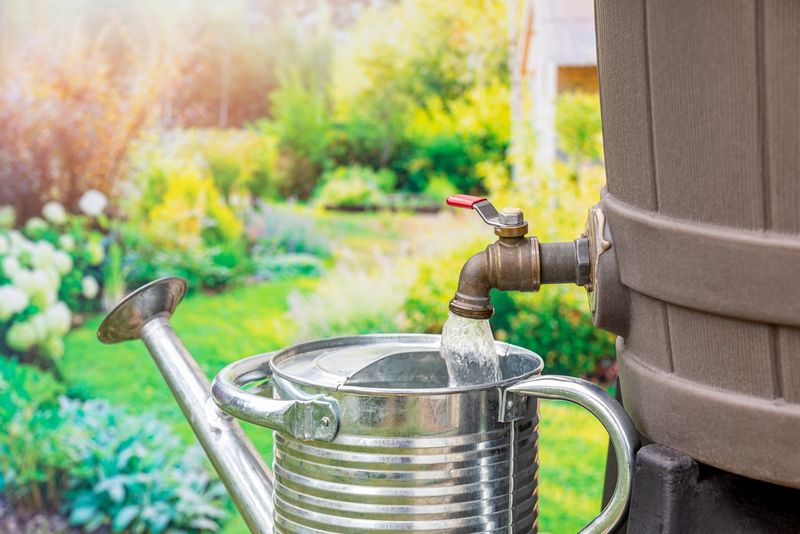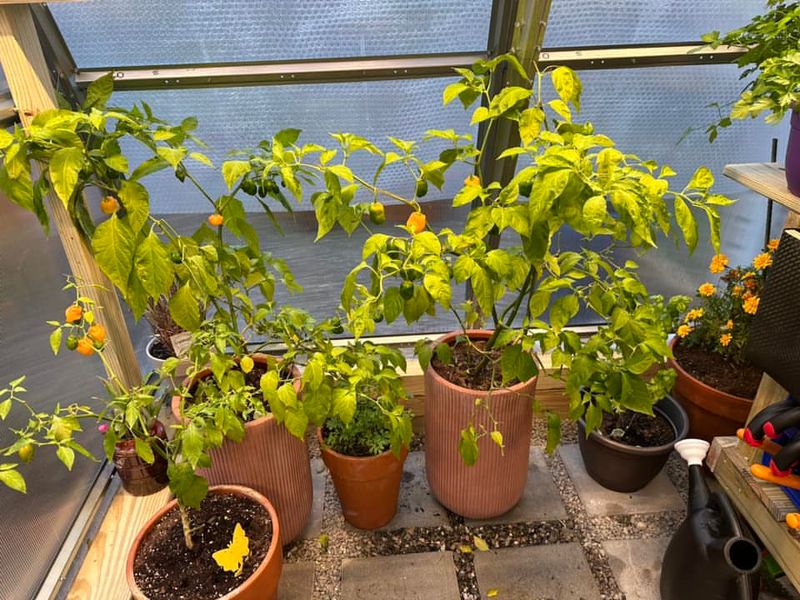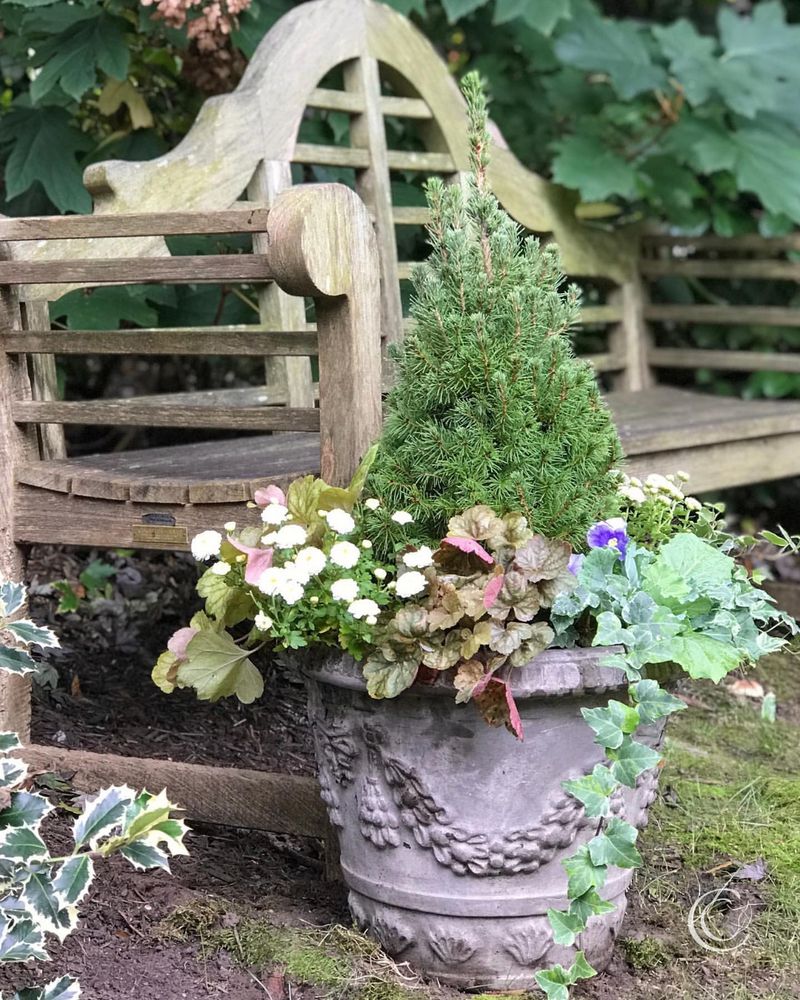Growing your own food in Colorado doesn’t require a large yard or fancy equipment. With some creativity and recycled containers, anyone can create a productive mini garden on a porch, balcony, or small outdoor space.
Colorado’s unique climate presents both challenges and opportunities for container gardeners. Our abundant sunshine and low humidity can actually work in your favor when growing in containers, as long as you understand a few basic principles.
I’ve spent years experimenting with different containers and plants in my Colorado garden, and I’m excited to share what works best in our high-altitude environment. Let’s turn those old containers into thriving food gardens!
1. Find The Perfect Recycled Containers
Look around your home for potential planters hiding in plain sight. Old wooden crates, plastic tubs, coffee cans, and even worn-out coolers make excellent growing vessels. Just make sure they’re clean and free of harmful chemicals.
Food-grade containers are safest for edible plants. Five-gallon buckets from restaurants or bakeries work wonderfully for larger vegetables. The key is ensuring proper drainage by drilling holes in the bottom.
My neighbor transformed a collection of colorful ice cream buckets into a stunning herb garden that thrives in Colorado’s intense sunshine. The bright containers add cheer while the herbs flourish in our dry climate.
2. Master Colorado’s Tricky Growing Conditions
Colorado’s high altitude means intense UV exposure that can quickly dry out container plants. Position your containers where they’ll receive morning sun but get afternoon shade during the hottest part of summer days.
Our state’s wild temperature swings demand flexibility. Keep lightweight containers on wheels or dollies so you can move them when sudden freezes threaten. I’ve saved countless tomato plants by rolling them into my garage overnight.
Wind protection is crucial at higher elevations. Group containers together or place them against walls to create microclimates that shield delicate plants from Colorado’s notorious gusts that can quickly dehydrate your garden.
3. Choose The Right Soil Mix For Success
Regular garden soil becomes too compacted in containers, suffocating roots and preventing proper drainage. Create a custom mix using equal parts compost, coconut coir, and perlite for a lightweight, moisture-retaining blend perfect for Colorado’s dry climate.
Add a handful of worm castings to each container for slow-release nutrients. This natural fertilizer helps plants thrive without the harsh chemicals that can build up in container environments.
Colorado’s alkaline conditions often require pH adjustments. I mix in a cup of coffee grounds per container to gradually acidify the soil, especially for acid-loving plants like blueberries and strawberries that struggle in our native soils.
4. Grow These Colorado-Friendly Container Vegetables
Leafy greens thrive in recycled containers and appreciate Colorado’s cool spring and fall temperatures. Spinach, kale, and lettuce grow quickly in shallow containers like old dresser drawers lined with landscape fabric.
Root vegetables work beautifully in deep buckets. Carrots, radishes, and beets don’t mind our rocky soil when grown in containers filled with loose potting mix. My daughter harvested rainbow carrots from an old toy chest last summer!
Determinate tomatoes and peppers love our sunny days and produce abundantly in five-gallon buckets. Choose varieties with shorter growing seasons (under 80 days) to ensure they ripen before early fall frosts hit the Front Range.
5. Water Wisely In Our Dry Climate
Container plants need more frequent watering than in-ground gardens, especially during Colorado’s hot, dry summers. Check moisture levels daily by sticking your finger an inch into the soil – if it feels dry, it’s time to water.
Self-watering systems save time and ensure consistent moisture. I’ve transformed plastic soda bottles into drip irrigators by poking tiny holes in the caps and burying them upside-down next to thirsty plants like tomatoes and cucumbers.
Mulch the surface of your containers with straw or wood chips to slow evaporation in our arid environment. This simple step can reduce watering needs by up to 50% during summer heat waves, saving precious water and your precious time.
6. Extend Your Growing Season With Protection
Colorado’s short growing season demands creative solutions. Recycle clear plastic containers by cutting off the bottoms and using them as mini-greenhouses over seedlings. This simple cloche protects tender plants from late spring frosts.
Old windows placed over container groupings create coldframes that trap heat and extend your harvest into late fall. I’ve picked fresh spinach in December using this method on my south-facing patio!
When severe weather threatens, plastic milk jugs filled with hot water placed between containers overnight release gentle heat that can save plants from light freezes. This trick has saved my pepper plants multiple times during Colorado’s unpredictable spring weather.
7. Maintain Your Container Garden For Continuous Harvests
Fertilize container plants regularly since nutrients leach out with frequent watering. Homemade compost tea works wonders – steep a handful of compost in water overnight and use the liquid to feed plants weekly.
Practice succession planting to maximize your space. When cool-season crops finish in early summer, replace them with heat-lovers. My favorite combo is spring lettuce followed by bush beans in the same pot.
Clean and sanitize containers between plantings to prevent disease buildup. A simple rinse with a 10% bleach solution kills pathogens without harming future plants. This step is especially important in Colorado’s intense sun, which can bake problems into porous containers.

